Alternative names Breading, crispies Variations Panko | Main ingredients Dried bread | |
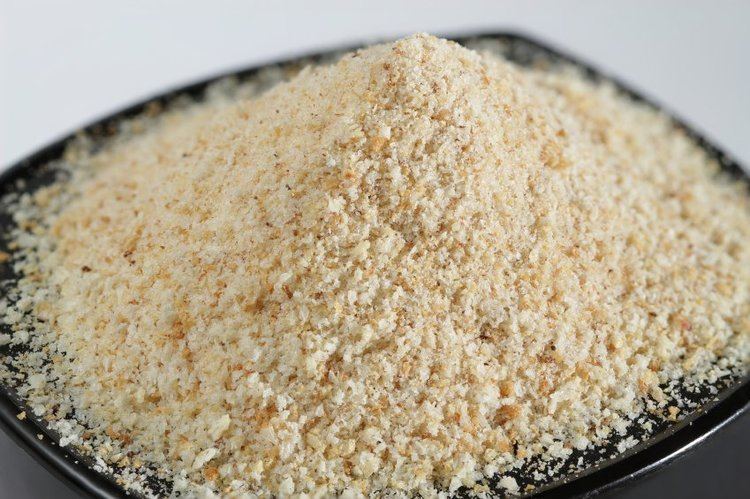 | ||
Similar Parmigiano‑Reggiano, Onion, Flour, Black pepper, Parsley | ||
Bread cutlet punjabil recipes harpreet mayn
Bread crumbs or breadcrumbs (regional variants: breading, crispies) are small particles of dry bread, used for breading or crumbing foods, topping casseroles, stuffing poultry, thickening stews, adding inexpensive bulk to soups, meatloaves and similar foods, and making a crisp and crunchy covering for fried foods, especially breaded cutlets like tonkatsu and schnitzel. The Japanese variety of bread crumbs is called panko.
Contents
- Bread cutlet punjabil recipes harpreet mayn
- Bread crumbs recipe
- Dry breadcrumbs
- Fresh breadcrumbs
- Panko
- Etymology
- Breading
- References
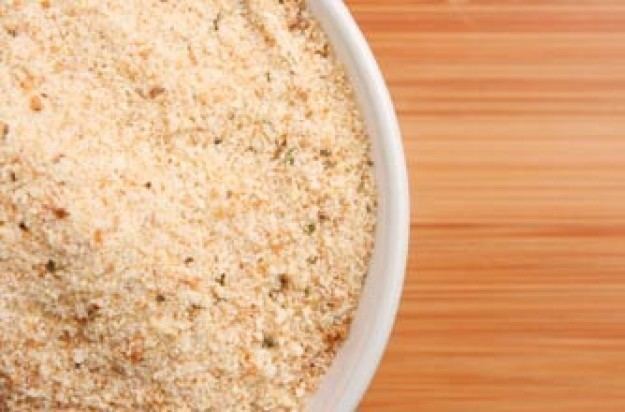
Bread crumbs recipe
Dry breadcrumbs
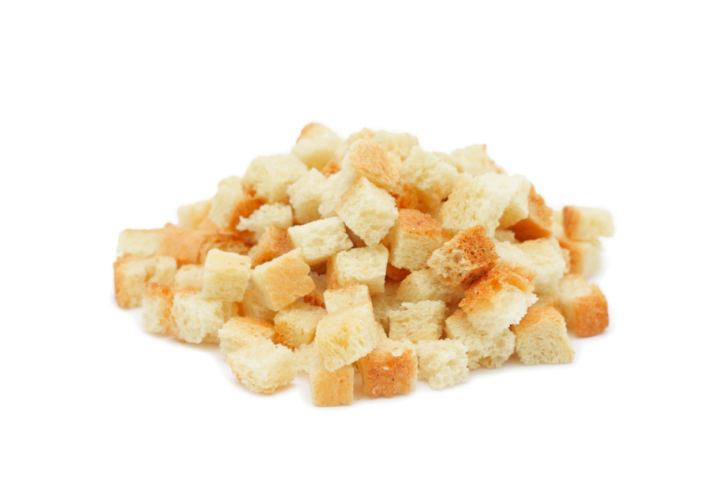
Dry breadcrumbs are made from dry breads which have been baked or toasted to remove most remaining moisture, and may have a sandy or even powdery texture. Bread crumbs are most easily produced by pulverizing slices of bread in a food processor, using a steel blade to make coarse crumbs, or a grating blade to make fine crumbs. A grater or similar tool will also do.
Fresh breadcrumbs
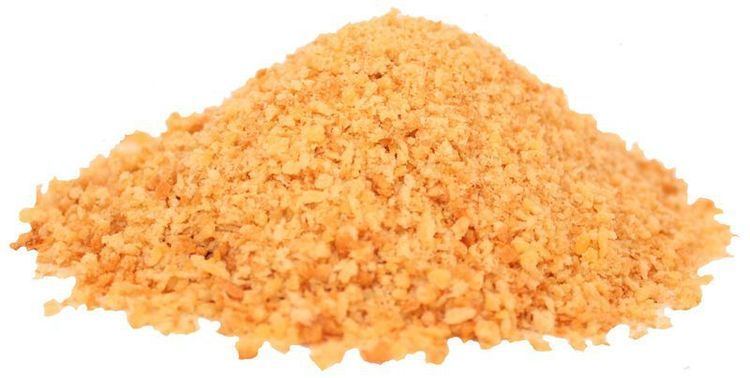
The breads used to make soft or fresh bread crumbs are not quite as dry, so the crumbs are larger and produce a softer coating, crust, or stuffing. The crumb of bread crumb is also a term that refers to the texture of the soft, inner part of a bread loaf, as distinguished from the crust, or "skin".
Panko

Panko (パン粉) is a variety of flaky bread crumb used in Japanese cuisine as a crunchy coating for fried foods, such as tonkatsu. Panko is made from bread baked by electrical current, which yields a bread without a crust, and then grinding the bread to create fine slivers of crumb. It has a crisper, airier texture than most types of breading found in Western cuisine and resists absorbing oil or grease when fried, resulting in a lighter coating. Outside Japan, its use is becoming more popular in both Asian and non-Asian dishes: It is often used on fish and seafood and is often available in Asian markets, speciality stores, and, increasingly, in many large supermarkets.
Panko is produced worldwide, particularly in Asian countries, including Japan, Korea, Thailand, China, and Vietnam.
Etymology
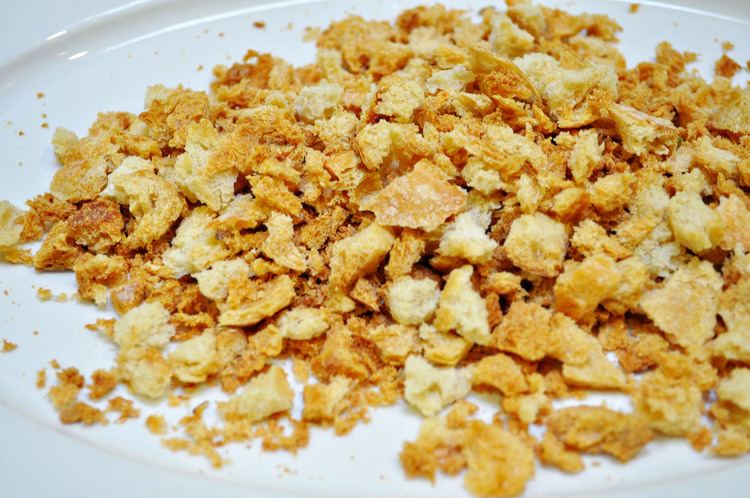
The Japanese first learned to make bread from the Europeans, and panko is derived from pan from the Portuguese and -ko, a Japanese suffix indicating "flour", "crumb", or "powder" (as in komeko, "rice powder", sobako, "buckwheat flour", and komugiko, "wheat flour").
Breading
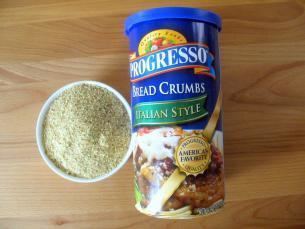
Breading (also known as crumbing) is a dry grain-derived food coating for a piece of food made from bread crumbs or a breading mixture with seasonings. Breading can also refer to the process of applying a bread-like coating to a food. Breading is well suited for frying as it lends itself to creating a crisp coating around the food. Breading mixtures can be made of breadcrumb, flour, cornmeal, and seasoning that the item to be breaded is dredged in before cooking. If the item to be breaded is too dry for the coating to stick, the item may first be moistened with buttermilk, raw egg, egg wash or other liquid.
Breading contrasts with batter, which is a grain-based liquid coating for food that produces a smoother and finer texture, but which can be softer overall.
